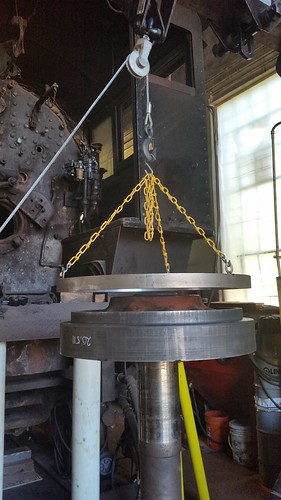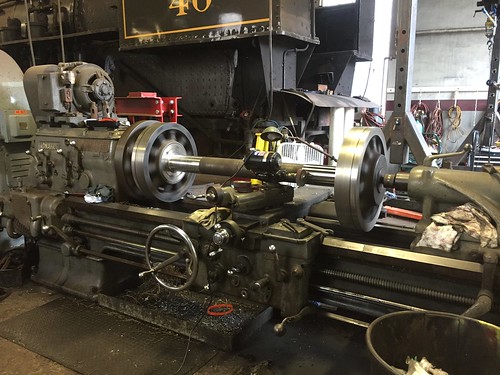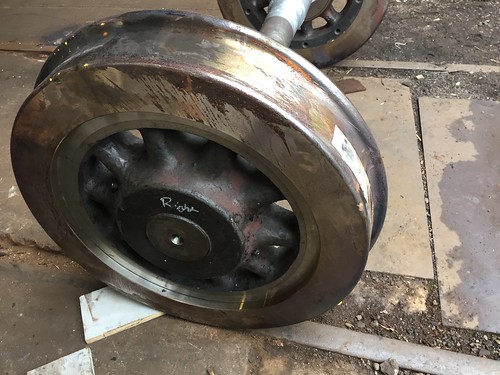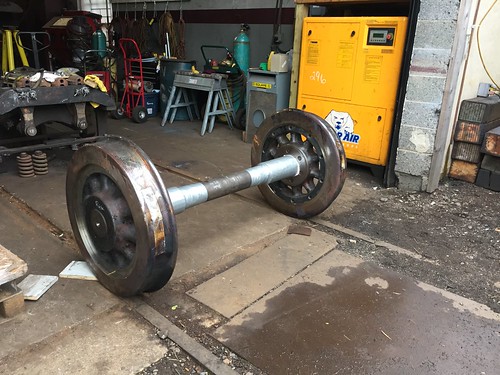| It is currently Wed Apr 24, 2024 7:35 pm |
|
All times are UTC - 5 hours [ DST ] |
Driver Tires without any Secondary Means of Securement
Moderators: Rick Rowlands, tomgears, Randy Hees
 
|
Page 2 of 2 |
[ 25 posts ] | Go to page Previous 1, 2 |
|
| John Risley |
|
||
|
Joined: Tue Aug 24, 2004 10:34 pm Posts: 929 |
|
||
| Kelly Anderson |
|
||
|
Joined: Tue Sep 14, 2004 7:52 am Posts: 2573 Location: Strasburg, PA |
|
||
| Brendan Zeigler |
|
||
|
Joined: Thu Apr 05, 2007 5:32 pm Posts: 51 |
|
||
| Howard P. |
|
||
|
Joined: Mon Jan 17, 2005 9:06 pm Posts: 2533 Location: Thomaston & White Plains |
|
||
| Kimball |
|
||
|
Joined: Fri Jan 10, 2014 5:00 pm Posts: 71 |
|
||
| Rick Rowlands |
|
||
|
Joined: Thu Sep 22, 2011 4:29 pm Posts: 1899 Location: Youngstown, OH |
|
||
| JimBoylan |
|
||
|
Joined: Mon Aug 23, 2004 3:01 pm Posts: 1731 Location: SouthEast Pennsylvania |
|
||
| Brendan Zeigler |
|
||
|
Joined: Thu Apr 05, 2007 5:32 pm Posts: 51 |
|
||
| LVRR2095 |
|
||
|
Joined: Fri May 04, 2012 12:20 pm Posts: 210 Location: Maine |
|
||
 
|
Page 2 of 2 |
[ 25 posts ] | Go to page Previous 1, 2 |
|
All times are UTC - 5 hours [ DST ] |
Who is online |
Users browsing this forum: Google [Bot], TrainDetainer and 245 guests |
| You cannot post new topics in this forum You cannot reply to topics in this forum You cannot edit your posts in this forum You cannot delete your posts in this forum You cannot post attachments in this forum |





